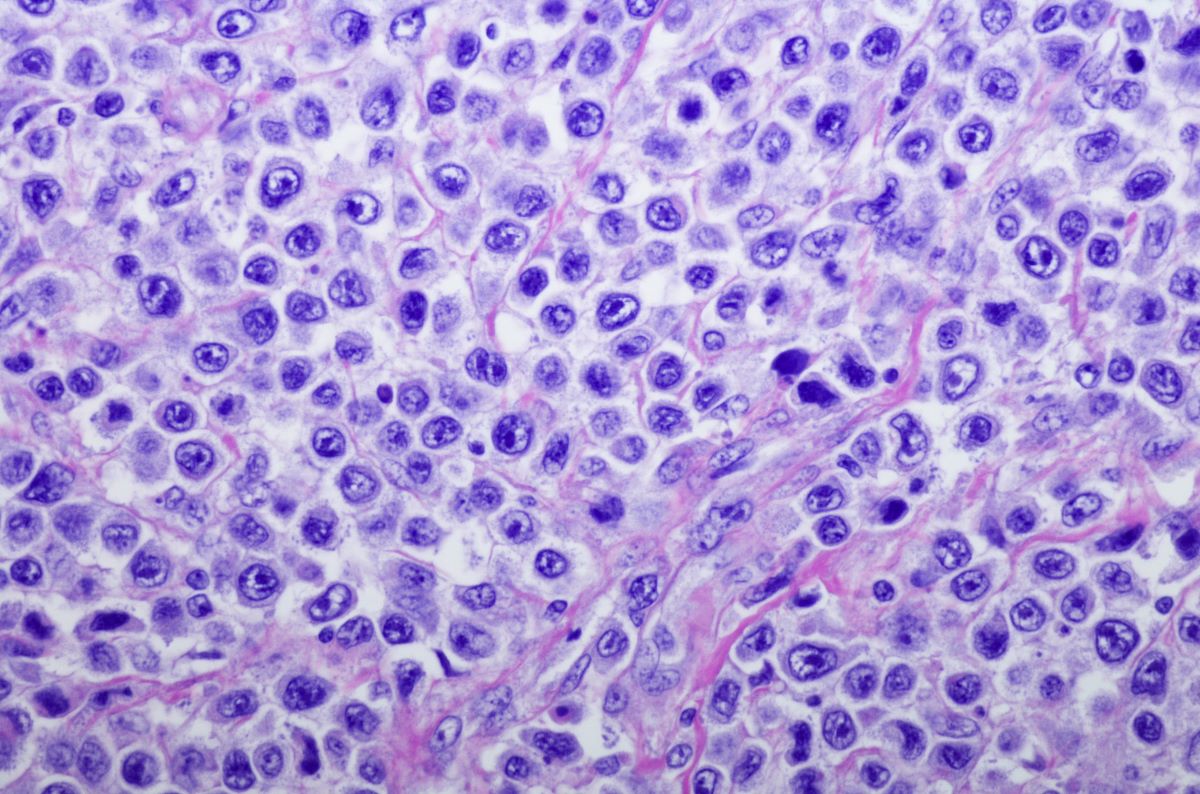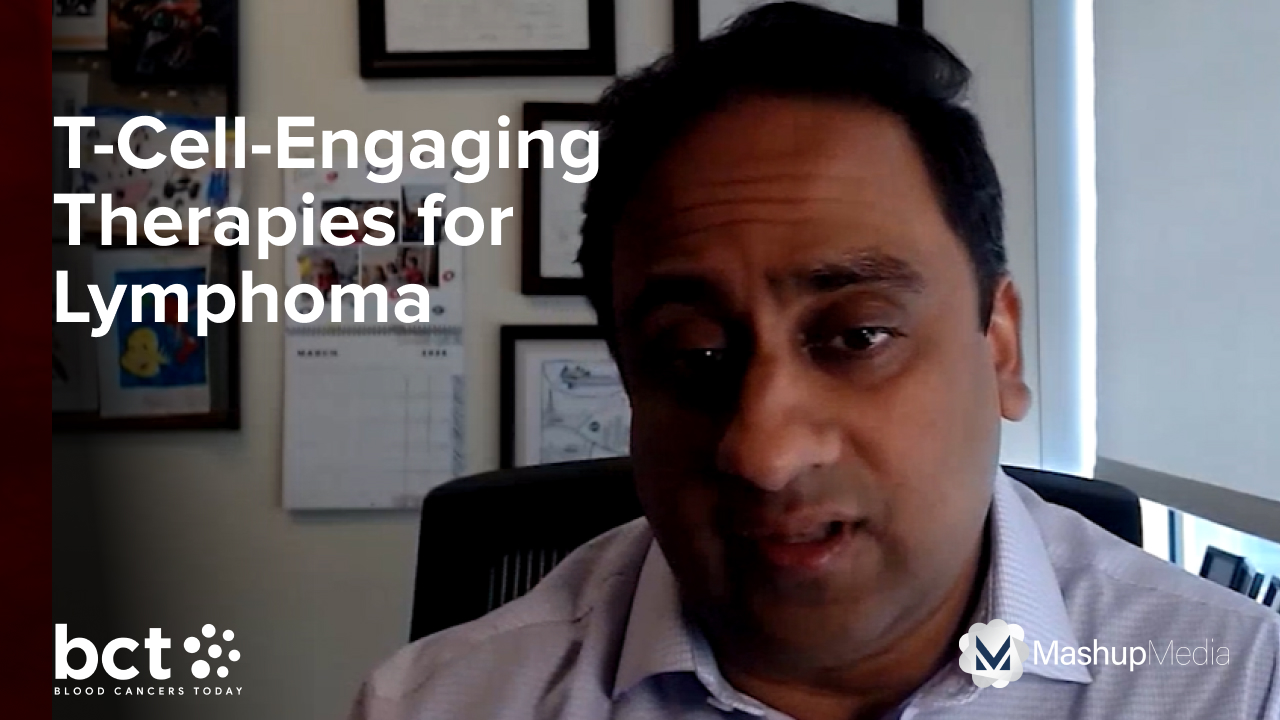What Are the Major Issues in Aggressive B-Cell Lymphoma Care Today?
By Sairah Ahmed, MD, Andrew Moreno - Last Updated: April 24, 2025Sairah Ahmed, MD, is an associate professor in the Department of Lymphoma/Myeloma and the Department of Stem Cell Transplantation and Cellular Therapy at the University of Texas MD Anderson Cancer Center, Houston. At MD Anderson, she is also director of the CART Program in the Lymphoma/Myeloma Department. She spoke with Blood Cancers Today about managing aggressive B-cell lymphomas.
Dr. Ahmed overviewed the challenges faced in treating aggressive B-cell lymphoma. To optimize care for a particular patient, the managing clinician must understand the specific genetic underpinnings of that patient’s disease. Patients also differ in their comorbidities and degree of toxicity risk with treatment, with a stark difference especially by patient age.
“Older patients often have other challenges that are not seen in younger patients in terms of the other comorbidities they have, medications they are taking, potentially impacted organ function that we need to look for dose reductions or different drugs to use to be able to treat them effectively without causing significant toxicity,” Dr. Ahmed elaborated.
Today, there is excitement in aggressive B-cell lymphoma care over promising new therapies in clinical trials that have even received FDA approval, such as bispecific T-cell engagers and new types of CAR T-cell therapy. According to Dr. Ahmed, the key questions are how to use and sequence these emerging agents and combine them with current therapies to uncover effective treatment synergies without increasing toxicities.
“I think that there are a number of clinical trials that are also looking to decrease the amount of chemotherapy drugs and add in different novel agents that target the actual lymphoma cell to minimize the toxicity and improve the tolerability of these treatments,” Dr. Ahmed noted.
For many of these newer agents, there remains an issue of limited availability to patients. They are currently found only at larger treatment centers or have to be administered at specialized facilities to manage the toxicity profile. Dr. Ahmed mentioned that studies are underway to improve access by finding ways to improve how drugs are administered and toxicity monitored.
“You can have many, many great new options, but are they accessible to everybody and all the patients that are out there that could benefit from them?” Dr. Ahmed concluded.






 © 2025 Mashup Media, LLC, a Formedics Property. All Rights Reserved.
© 2025 Mashup Media, LLC, a Formedics Property. All Rights Reserved.